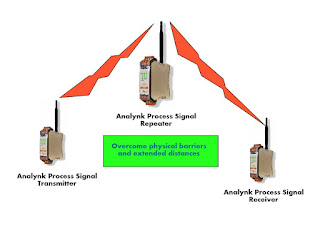 |
All processes should be well understood and evaluated for
maximum performance. |
In
the process control and engineering world, professionals are constantly seeking
ways to optimize their systems and particular process strategies.
Quality-related issues and systems provide chances for process operators to not
only identify potential areas for improvement or correction, but also employ
troubleshooting techniques to make systems perform at the highest level
possible. Traditionally, seven basic tools have been utilized in order to
troubleshoot quality related issues, and serve as simple, yet extremely
effective ways to find solutions.
The
cause and effect diagram is used to investigate and systematically list
potential causes which contribute to an identified effect. Grouping the causes
into different categories visually when attempting to determine the root cause
of a process issue allows the controller to view every component of a system,
and then subsequently investigate how the individual parts act together. This
can be extremely useful when attempting to troubleshoot process control systems.
Check
sheets allow for real-time data collection, either quantitative or qualitative.
A multitude of potential issues, such as dimensions being incorrect in a
product or malfunctions in system technology, are trackable via the check
sheet. The data collected by these sheets allows for an operator to make
sequential decisions regarding the process based on hard data, from which
decisions for optimization can be derived and executed.
The
control chart is a process control tool based on statistics. The basic function
of the chart is to determine whether or not an industrial process is correctly
operating in a state of control, or if the process should be evaluated for
quality-related problems. Basically, the goal of this chart is to determine the
efficacy of the process system and its associated control limits. If the
variation of the process system deviates too much from the expected behavior of
the system, an investigation into the system is required. These charts can be
essential to monitoring process health.
Histograms
are a basic quality tool due to their ability to allow controllers a rough
estimation of probability distributions related to the process in question. If
the variable in question being assessed by the histogram matches the expected behavior,
then the histogram will show said correlation – likewise, if the process is
behaving in an unexpected manner, the histogram will reflect these details. The
Pareto chart is a chart specifically helpful in tracking defects, by category,
which occur most frequently in a certain process. In a process where the
resulting product is defective, the Pareto chart will highlight the defect of
highest occurrence or the most frequent deviation from the expected result.
The
scatter diagram is a tool which allows process controllers to identify whether
a relationship exists between two different quantitative variables and, if
there is a relationship, to help identify what kind of relationship exists
between said variables. The control parameters are established on one axis,
while the dependent variables are established on the other. If the plot can
correctly show the relationship between the variables, then any alterations in
said relationship are identifiable and the related processes can be immediately
examined for cause.
The
last basic tool for process control and quality-related troubleshooting is the
flow chart, which allows for the diagramming of relationships in the process to
track and examine the workflow of the process in question. Together, these seven
items constitute a basic toolbox for optimization and correction of processes,
where their simplicity correlates to effectiveness in understanding particular
process systems.
Analynk Wireless manufactures wireless communications equipment for process measurement and control.



















